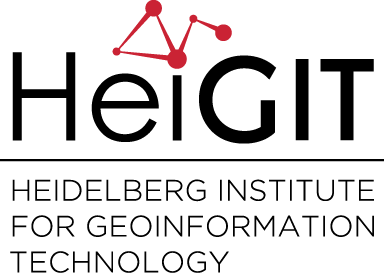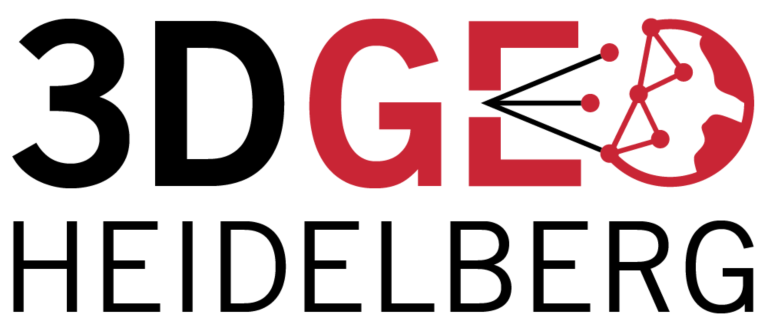Category: Publications
-
Capturing Flood Risk Perception via Sketch Maps
The flood risk perception of people living in areas at risk can be a valuable source of information for mitigation and preparedness within disaster management. We apply a method based on sketch maps and questionnaires to capture this flood risk perception during case studies in Santiago de Chile. Results of our study can be found…
-
Today & tomorrow GIScience Heidelberg Talks in Africa and Australia
This Wednesday and Thursday we have presentations from the GIScience research group Heidelberg on two remote contintents – both in Africa and in Australia: On Wednesday: First down under at GIScience Melbourne in Australia Rene Westerholt will present the work related to our PLATIAL18 workshop: Westerholt, R., Gröbe, M., Zipf, A. and Burghardt, D. (2018): Towards the statistical…
-
The Dimension of a Space Can Be Inferred From the Abstract Network Structure
Study shows that spatial reference can be structurally identified in a number of datasets F.-B. Mocnik: The Polynomial Volume Law of Complex Networks in the Context of Local and Global Optimization. Scientific Reports (2018) 8:11274, doi: 10.1038/s41598-018-29131-0 Networks describe relations between objects. They show how objects relate to one another and which ones are mutually…
-
Deep Learning from Multiple Crowds: A Case Study of Humanitarian Mapping
Satellite images are widely applied in humanitarian mapping which labels buildings, roads and so on for humanitarian aid and economic development. However, the labeling now is mostly done by volunteers. In a recently accepted study, we utilize deep learning to solve humanitarian mapping tasks of a mobile software named MapSwipe. The current deep learning techniques…
-
Towards the statistical analysis and visualization of places
The concept of place recently gains momentum in GIScience. In some fields like human geography, spatial cognition or information theory, this topic already has a longer scholarly tradition. This is however not yet completely the case with statistical spatial analysis and cartography. Despite that, taking full advantage of the plethora of user-generated information that we…
-
Perspective Article: Volunteered Geographic Information for Disaster Risk Reduction
Over the past few years, the Missing Maps approach has repeatedly proved its potential for humanitarian assistance and disaster management. While the project was launched by only four organizations, there are now 17 member organizations in Missing Maps, and nearly 60,000 mappers. The Red Cross and Red Crescent Movement have recognized the potential of the…
-
Meet us at State of the Map 2018 Milan: Ohsome talks and workshop ahead!
In a few days – THIS Saturday July, 29. – the State of the Map 2018 Conference in Milan will opening its doors with many interesting talks and workshops related to OpenStreetMap. HeiGIT and the GIScience Research Group at Heidelberg University will be there with several persons and give the following presentations and even a…
-
3D WebGIS: From Visualization to Analysis. An Efficient Browser-Based 3D Line-of-Sight Analysis
3D WebGIS systems have been mentioned in the literature almost since the beginning of the graphical web era in the late 1990s. The potential use of 3D WebGIS is linked to a wide range of scientific and application domains, such as planning, controlling, tracking or simulation in crisis management, military mission planning, urban information systems,…
-
AGIT30 was ohsome (and awesome)
Members of the HeiGIT team were presenting parts of our work at this years AGIT/GI_Forum conference in Salzburg, Austria (as already announced in a previous blogpost). Julian Bruns was presenting the results of a joint work with the KIT and his old employer, the FZI, which is published in the GI-Forum journal (English conference running in parallel to the…


